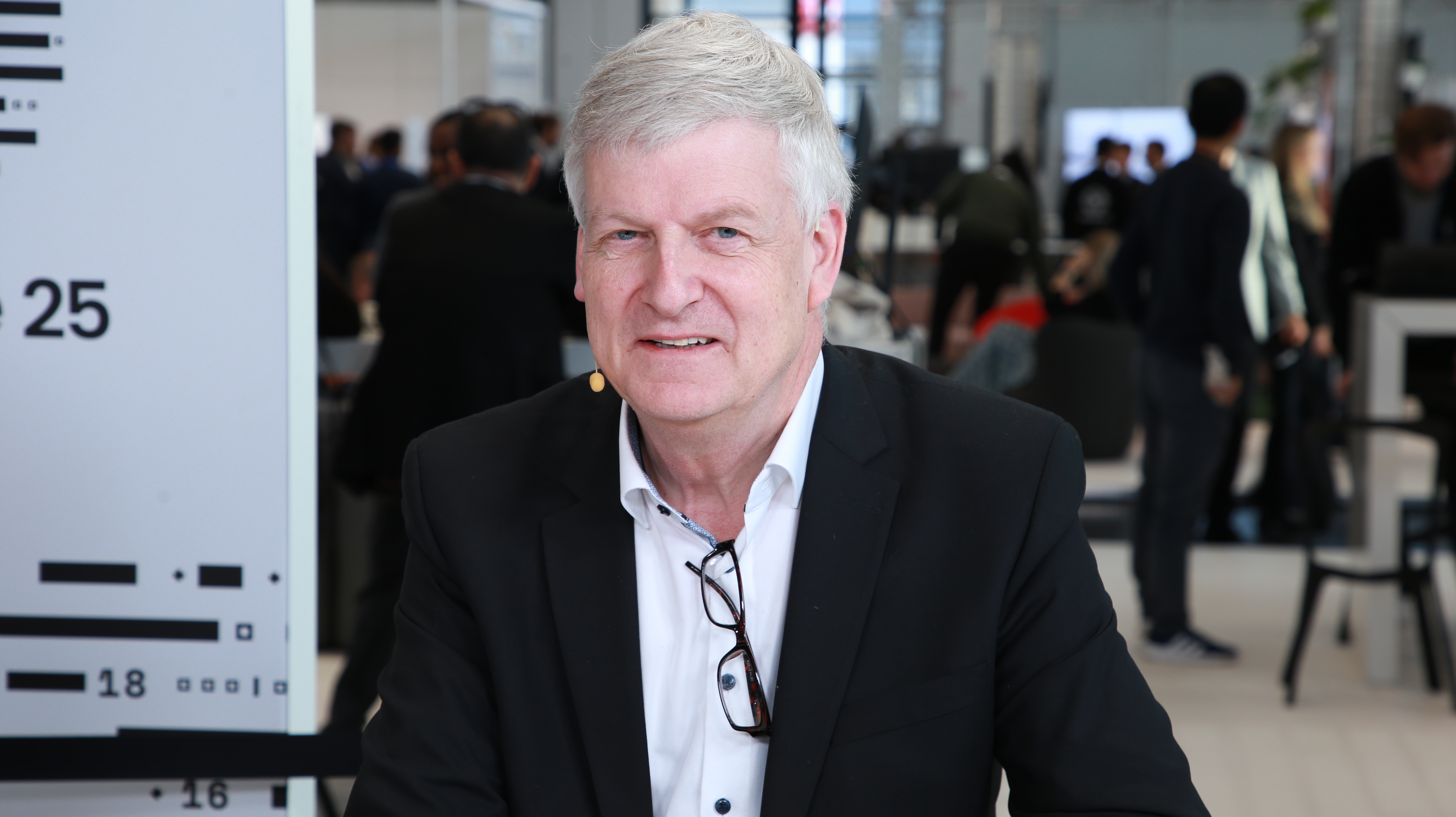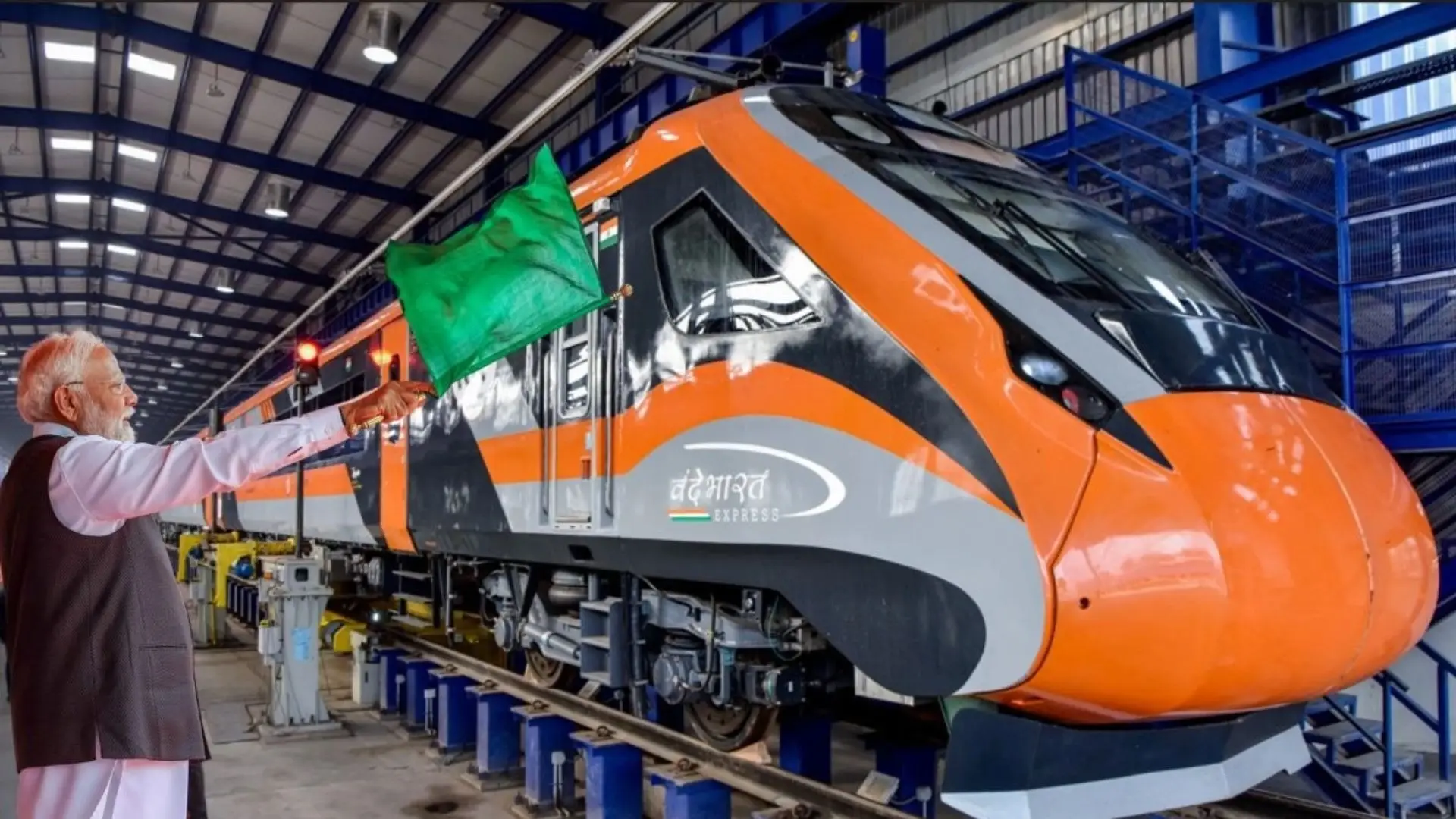Copyright SiliconANGLE News

Just a few years ago, object-centric process mining was a relatively new and experimental concept. Today, it has become the de facto approach to discover, monitor and improve business processes. Organizations are no longer just talking about AI — they’re applying it to real-world challenges. From car manufacturing to air travel and city services, process intelligence is driving measurable improvement across industries. Organizations now leverage OCPM with AI to gain visibility across complex systems, predicting outcomes with greater accuracy and reducing operational friction, according to Wil van der Aalst (pictured), chief scientist of Celonis SE. “What I find super interesting is that if I look at something like object-centric process mining, which used to be something novel and companies were not sure when and how to apply it, I think now the landscape has completely changed,” Van der Aalst said. “Everybody has bought into it and sees that this is the way to go. What you also see is that now people do not just talk about AI, but also actually apply it.” Van der Aalst spoke with theCUBE’s Rob Strechay and Savannah Peterson at Celosphere 25, during an exclusive broadcast on theCUBE, SiliconANGLE Media’s livestreaming studio. They discussed the promise of object-centric process mining across critical industries and use cases. (* Disclosure below.) Object-centric process mining goes mainstream The most impactful OCPM use cases target a company’s core business — not just administrative workflows, according to Van der Aalst. Lufthansa’s use of process mining to minimize flight delays stands out as a model, illustrating how these insights can improve both efficiency and customer experience. “If you look at customers that were on the main stage, like Mercedes-Benz, in supply chains, it’s very important that things are reliable and that you have an idea when something is going to happen,” Van der Aalst said. “They’re both object-centric process mining, and the ability to use AI to make more reliable predictions … is a clear case of something that you could not do before.” Beyond the enterprise, process intelligence can reshape public services. In Aachen, Germany, the local government came to appreciate the value of process mining after AI’s limitations without a data context were demonstrated, Van der Aalst explained. “AI can help with these things, but you should first get the basics right,” he said. “You should first get what the processes are, where the actual problems are … you need to become evidence-based.” Process intelligence functions as a layer across systems — not a replacement for them. By integrating data from disparate sources, organizations can identify bottlenecks and act strategically, Van der Aalst noted. This composable approach aligns with Celonis’ broader themes of openness, data-driven decision-making and AI orchestration. “I think with new technologies, lots of things are possible to do things very quickly, but we also have to realize these things are probably temporary,” he said. “But getting this layer in your whole organization [so] that everything is well organized is not temporary. That will also remain valid when trends and techniques change.” Here’s the complete video interview, part of SiliconANGLE’s and theCUBE’s coverage of Celosphere 25: (* Disclosure: TheCUBE is a paid media partner for Celosphere 25. Neither Celonis, the sponsor of theCUBE’s event coverage, nor other sponsors have editorial control over content on theCUBE or SiliconANGLE.) Photo: SiliconANGLE



